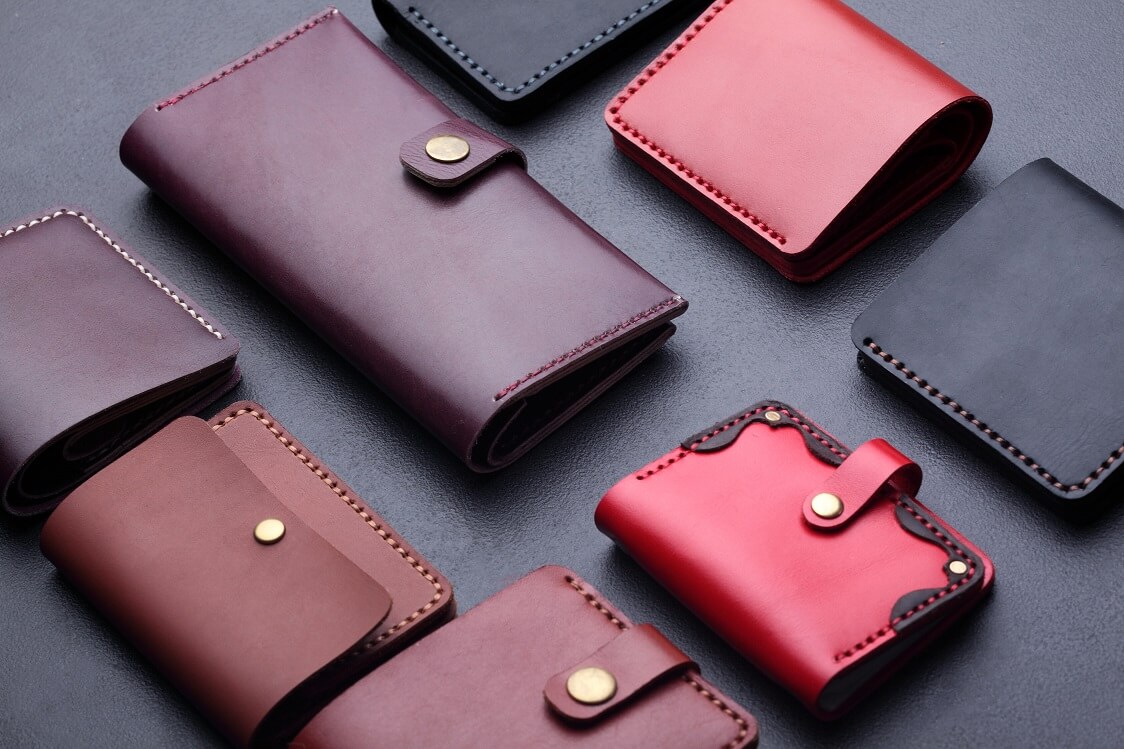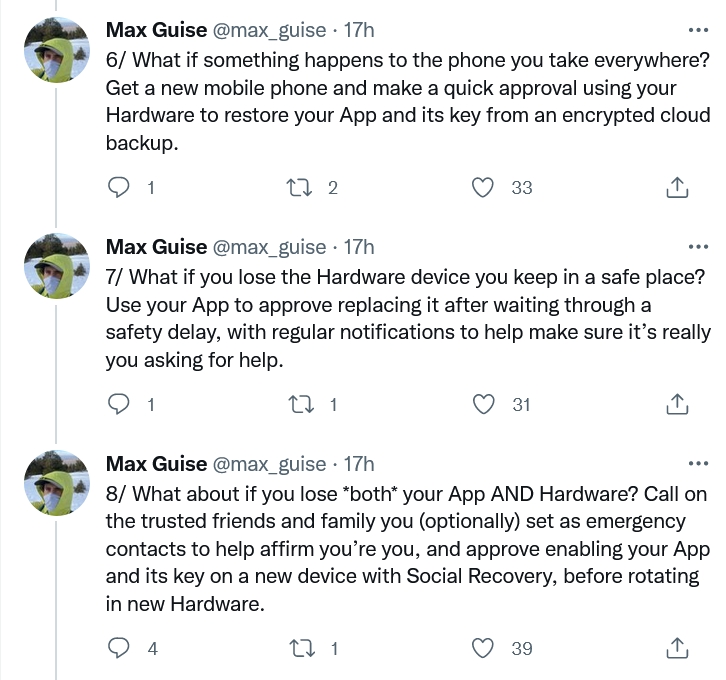Block Bitcoin Wallet Team Reveals Their Plans and Seeks Feedback

Twitter founder Jack Dorsey‘s payment firm Block shared more details about its previously announced wallet, focusing on the plans for combining safety and ease of use/access in order to create a broader and less ‘hesitant’ customer base.
Just over a year ago, in July 2021, the company, at the time called Square, confirmed it aimed to build a bitcoin (BTC)-first hardware wallet “to make bitcoin custody more mainstream.” Dorsey had revealed that Square had been considering making a hardware wallet for BTC a month earlier.
“One of the most important jobs a bitcoin wallet has is to keep your money safe even when something goes wrong,” tweeted Max Guise, a member of the team working on the wallet.
It is vital for people to be able to know that they can get to their assets at all times in order to “make the leap to self-custody,” Guise argued. The fear of making a mistake while using self-custody wallets is what makes people hesitant to use them and keeps them on custodial platforms, the team’s blog post explained.
The second vital aspect is to keep everybody else but the owner out of the wallet – the problem here being that,
“Any added protection to keep a bad actor out adds a risk that it may also trip up the owner, and any new backup or alternative way to access creates a new potential security hole.”
What needs to be done, argues the team is,
“We need to create forgiving recovery experiences that prioritize easier paths to get customers back on their feet when something goes wrong, with more tolerance for simple mistakes, and without a steep learning curve.”
Instead of users handling several different products which serve different purposes and prioritize either security or ease of use, the Block Wallet team say they want to “build something that includes lower-burden security practices, more forgiving recovery experiences, and that can be used for both easy spending and secure savings, all in one tool” – and they “think we can do that with a 2-of-3 “multisig” design.”
Per this construct, the Wallet would be made up of three parts:
- a mobile App,
- a specialized Hardware device,
- and Blok’s backend Server.
Each would control 1 of 3 keys, and all transactions would need approval from at least 2 of them. The customer controls two of these keys using the App and the Hardware, while Block manages the Server key “on their behalf.”

The team further made a list of what they are trying to avoid, to simplify the use of the wallet and increase security, including:
- plaintext backup material (seed phrases),
- password memorization,
- intense identity verification via sharing extensive identity documentation.
“Relying on a circle of people you trust can be a powerful fallback for safer self-custody. A way to allow others to help get you back in control, without having access to the money directly. How would you feel about relying on people close to you to help protect your assets?” asked Guise, adding that “acting as an emergency contact could be as simple as sharing a phone number.”
Therefore, among the goals the team has set for the wallet, they named:
- the option of enabling Social Recovery – choosing a set of personal contacts who can help recover from a situation, even if both the App and the Hardware are lost;
- setting limits for what money can be moved with only the App, while moving the rest would require approval from the Hardware;
- basic setup and no need to remember new phrases.
Lastly, the team argues that there needs to be a better, faster, and more reliable way to notify users about certain events and issues.
“Everything here is still in development and open to change,” said the post, but the team is now looking for feedback on these ideas.
Jesse Dorogusker, Hardware Lead at Block, wrote last July that,
“We have a lot of questions and issues to reconcile and we’ll start with this product direction: bitcoin first, global distribution, multisig to achieve “assisted-self-custody,” and prioritizing mobile use.”
Dorsey also stated at the time that they plan to integrate their wallet with smartphones and the code for the wallet is going to be open source, while they were also looking into a feature that would allow users to auto-invest in BTC.
____
Learn more:
– Square To Enter Crypto Hardware Market With Bitcoin First Wallet
– Twitter’s Bluesky Finds New Lead, Square Building the Bitcoin Wallet Team
– Man Pledges Some 18M of His Lost Bitcoin to Fund Newport Crypto Hub & USD 51 to Every Newportonian
– Trezor Has Seen ‘Significantly’ Higher Interest in Self-Custody Amid Ongoing Crypto Turmoil
– Crypto Wallet Trends in 2022: More Privacy, Security, Features, and Choice
– Solana Blames Slope Wallet for Hack While Slope Says that ‘Nothing is Yet Firm’




